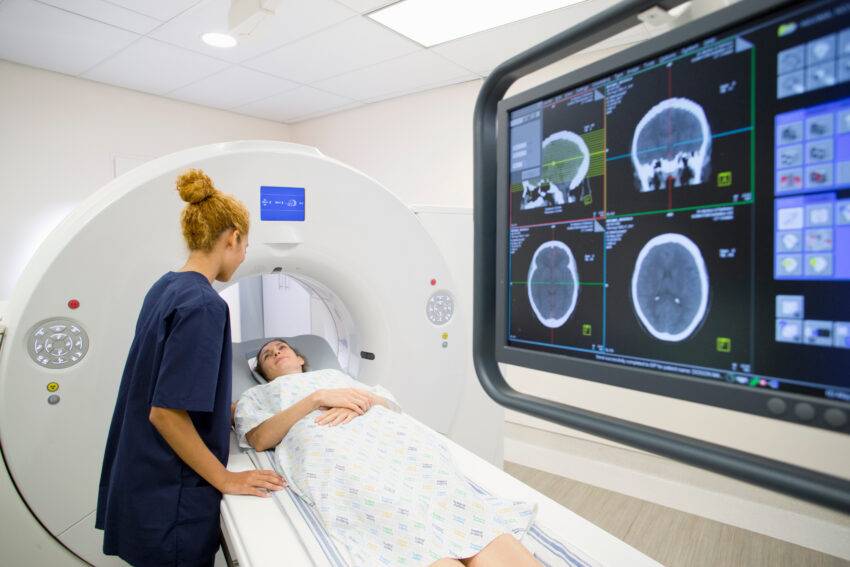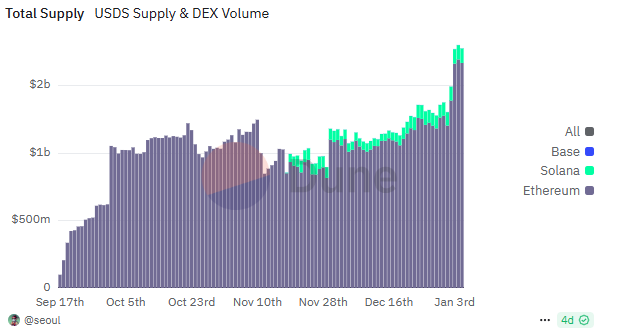The GST Council is expected to consider a set of recommendations by a Group of Ministers on insurance products, which include lowering the GST rate on all individual health insurance policies to 5 per cent, extending the exemption on health insurance for senior citizens, and introducing pure term life insurance. However, the issue of rate rationalisation on a long list of goods and services may take more time to finalise.
The Council, chaired by Finance Minister Nirmala Sitharaman, is scheduled to meet on December 21 at Jaisalmer (Rajasthan). It is also likely to consider a suggestion by its committee of officers to raise the rates to 18 per cent on all cars, including EVs (Electrical Vehicles). In addition to discussing a clarification on input tax credit for Swiggy and Zomato, the Council Is expected to discuss other issues.
- Read: GST rate overhaul: GoM to propose revisions for 150 items, report on Dec 21
According to sources, GoM favours a GST exemption for pure-term life insurance policies that cover family members. This would mean that these policies will not be subject to GST, reducing the financial burden on policyholders. It also suggests waving GST on health insurance policies specifically for senior citizens and reducing the GST rate on all individual health insurance policies to 5 per cent but without the option for Input Tax Credit (ITC).
As of date, the GST rate on premia for health insurance, term and unit-linked insurance plans attracts 18 per cent GST. On endowment plans, the GST is applied differently. While it is 4.5 per cent for premium paid during the first year, it is 2.25 per cent from the second year. For life insurance, in the form of single premium annuity policies, the GST rate is 1.8 per cent. Rates are the same for all age groups.
- Read: Average GST rate drops to 11.64%; 18% slab contributes most to collection
Sources also said that the committee of Officials, better known as the Fitment Committee, has finalised suggestions on old and used cars. As on date, GST is levied on the margin of the supplier. There are four categories of old and used cars for GST applicability. The first category includes petrol, LPG, and CNG cars with an engine capacity of 1200 cc or more and 4 meters or more long. The second category includes diesel-driven motor vehicles with an engine capacity of 1500 cc or more and a length of 4 meters. The third category has motor vehicles with an engine capacity exceeding 1500 cc, popularly known as Sports Utility Vehicles (SUVs), including utility vehicles. All these attract GST at 18 per cent.
The fourth category is for all other vehicles, including EVs, and the rate is 12 per cent. Now, the Fitment Committee has suggested Fitment increase the rate from 12 per cent to 18 per cent.
Another source said the issue of a big-ticket rate rejigs may have to wait some more time. A Group of Ministers on rate rationalisation, chaired by Bihar Deputy Chief Minister Samrat Chaudhary, is believed to have suggested a rejig in GST rates of nearly 150 items, including clothing and footwear, as well as a special rate of 35 per cent for tobacco and aerated drinks.
However, the Central Board of Indirect Taxes and Customs had underlined that any decision would be taken by the GST Council. “The GST Council has not yet deliberated on any GST rate changes. The Council has not even received the recommendations of the GoM. Infact the GoM has yet to finalise and present its recommendations to the Council after which the Council will take a final view on the recommendations of the GoM,” it had said in a post on X on December 3.









Leave a Comment